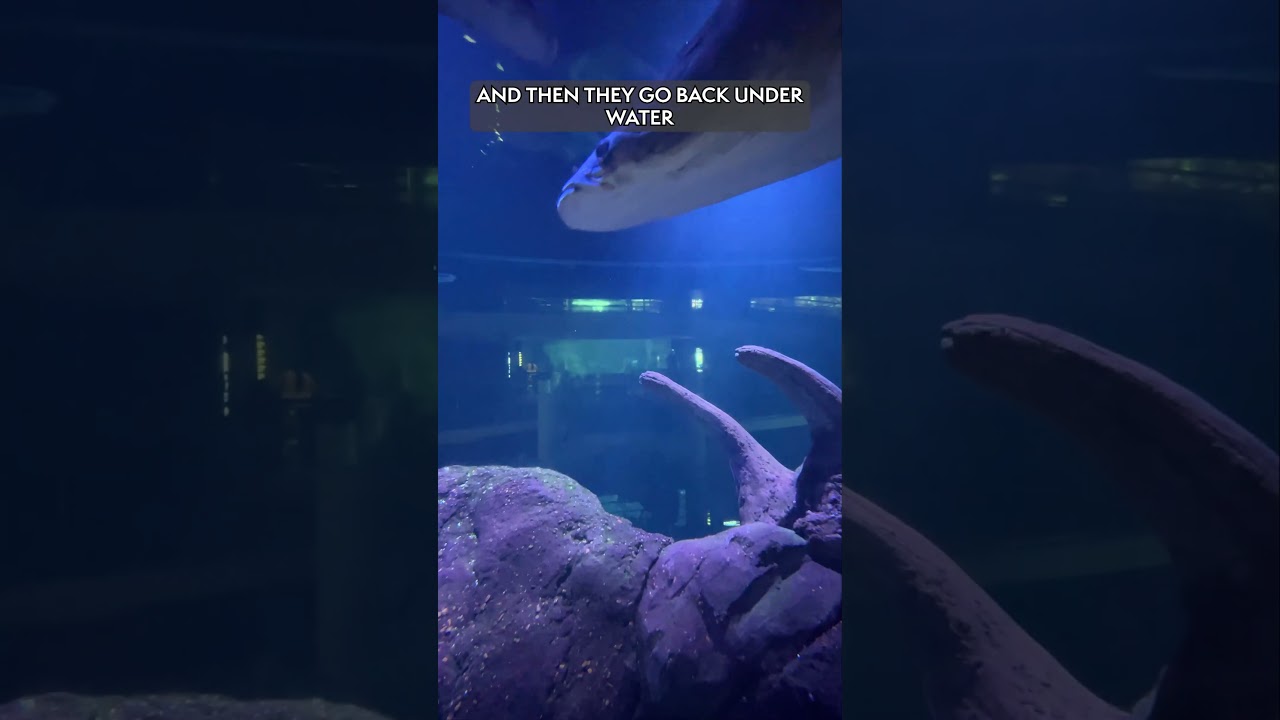- Explore the biology and physiology of the Arapaima, focusing on its adaptation as an air-breathing fish in the Amazon ecosystem.
- Discuss the ecological role of the Arapaima in its natural habitat and the threats it faces from environmental changes and human activities.
- Highlight the importance of conservation efforts aimed at protecting the Arapaima and the broader Amazonian ecosystem.
- Analyze the challenges and strategies involved in maintaining Arapaima populations in zoological settings.
- Address the ongoing research and future opportunities to advance our understanding of Arapaima biology and conservation.
The Arapaima gigas stands as a remarkable representative of the Amazon River’s biodiversity. This colossal fish, one of the largest freshwater species, can grow up to 10 feet long and weigh over 440 pounds. Its adaptation to the unique conditions of the Amazon is an incredible feat of evolution, allowing it to thrive in areas with fluctuating oxygen levels through an intriguing characteristic—it breathes air. This anatomical feature supports its survival in water with low dissolved oxygen content, a common occurrence in the Amazon Basin, especially during the dry season when water levels are low, and temperatures rise.
The Arapaima’s physiology is an extraordinary combination of gills and a modified swim bladder functioning as a lung. This adaptation is vital in the hypoxic waters of the Amazon. They surface to gulp air every 15 to 20 minutes, a behavior that defines their role as both apex predators and prey. Their ability to extract oxygen directly from the air places them in a unique niche and has allowed these giants to become a focal point in understanding aquatic adaptations to challenging environments.
In its ecosystem, the Arapaima plays a dual role of predator and prey, influencing the biological dynamics of its habitat. As a predator, it regulates the populations of smaller fish and invertebrates, maintaining balance within the aquatic food web. However, its egg and juvenile stages are vulnerable to predation, ensuring that its population numbers remain in check naturally. This balance has been disrupted by overfishing and habitat destruction, exacerbating the environmental pressures on this species. Illegal fishing, driven by demand for Arapaima meat and scales, threatens its survival.
Conservation efforts for the Arapaima have become increasingly vital. Initiatives focusing on sustainable fishing practices and protected area management are now in place, aiming to safeguard their habitats and promote their recovery. Collaboration among local communities, governments, and international conservation organizations is essential for success. These efforts also highlight the broader struggle to preserve the Amazon ecosystem, home to vast biodiversity that is increasingly at risk.
Zoological institutions play a significant role in Arapaima conservation. By simulating natural habitats, zoos can provide safe environments for breeding and study. However, maintaining Arapaima in captivity presents numerous challenges. Their large size requires expansive, well-aerated enclosures with conditions that mimic their natural environment closely. Dietary needs must be precisely managed to reflect their natural consumption patterns, emphasizing a diet rich in fish and proteins. Additionally, the behavioral enrichment of Arapaimas is crucial, ensuring that they remain physically and mentally healthy.
Research focuses on Arapaima continue to deepen our understanding of its biology and ecology. Studies on their reproductive behaviors, growth patterns, and responses to climate change are particularly essential. Scientists are examining how temperature and water chemistry changes impact these fish, providing crucial data that can inform future conservation strategies. Genetic studies offer insight into the biodiversity within Arapaima populations, which helps in crafting measures to maintain genetic diversity and resilience.
The Arapaima, with its impressive capabilities and critical role in the Amazon, serves as a potent symbol for conservation efforts in one of the world’s most biodiverse regions. Through dedicated research and cooperative conservation strategies, it is possible to secure a future for this air-breathing Amazonian titan. As pressures on its habitat mount, the science of saving such species has never been more important or urgent. Enthusiasts and professionals alike are called to advocate for these magnificent creatures and the rivers that sustain them.
*****
Source Description
From their beautiful, shockingly tough scales and enormous size to their reliance on air to breathe, the Arapaima (aka the Pirarucu or Paiche) is definitely one of the most interesting fish species found in the Amazon River. Even at less than half their maximum size in the wild, these river giants are the largest fish, by length, in our River Giants exhibit!
#aquarium #fish #arapaima #paiche #pirarucu #amazon #amazonriver


